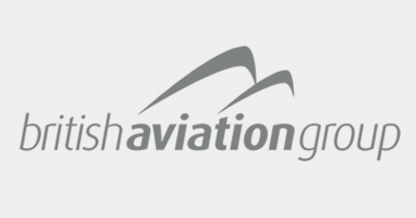Sydney Airport has released its Master Plan 2039, outlining its strategic direction for the development of the hub over the next 20 years. Master Plan 2039 refreshes the current Sydney Airport Master Plan 2033 – approved in 2014 – and extends the planning period to 2039. The new document is designed to accommodate the forecast 51% increase in annual passenger numbers to 65.6 million over the planning period. International passengers – who contribute the most to the New South Wales and Australian economies – will be the main driver of growth and, by 2039, the mix of international and domestic passengers is expected to be 48% and 52%, respectively. The planning document contains a five-year ground transportation plan and a 20-year ground transport strategy to improve road network performance in and around Sydney Airport. It also outlines the airport’s approach to sustainability and incorporates this into the planning and design for future expansion. The hub has achieved a four-star Green Star Communities rating from the Green Building Council of Australia for this master plan. Sydney Airport also proposes expansions of the existing terminal precincts to meet forecast passenger number growth. The airport claims its plans will improve the passenger experience, reduce transfer times and enable more effective utilization of terminal and airfield infrastructure. This includes the provision of new terminal infrastructure north of T1 and east of T2 and T3, to deliver 17 additional contact stands and seven more active bussed aircraft parking positions. Those will be added by expanding existing facilities, and the addition of satellite piers at the southern ends of the airport, connected to the T1 and T2/3 precincts, respectively. The airport is also looking to consolidate and redevelop freight facilities in both precincts and appears to have moved away from a proposal to build a fourth terminal at what is presently the site of the Qantas Jetbase, in favour of the satellite developments. The preliminary draft master plan is out for public comment, before a draft master plan is prepared for approval by the Transport Minister, expected in early 2019. The key operational strategies for the airport development plan are to continue development of capacity in the T1 international operations precinct in the North West and South West sectors; and expanded capacity in the North-East Sector to create a T2/T3 integrated operations precinct that provides for international, domestic and regional passenger services through the use of swing gates. #1086.21







